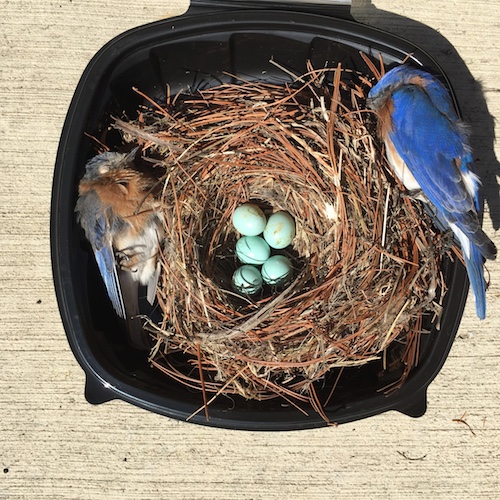-
Bluebird House Scouts are Out and About!
Once cherry blossoms and crocus bloom… you can bet the search is on for the perfect bluebird house! Even though it’s February and still frosty, bluebird courtship is underway. Once they pair up, the search is on for the best bluebird house with single a pine needle or piece of straw to claim their favorite.
What’s the best bluebird birdhouse? Start with a NABS approved design. The North American Bluebird Society actually rates bluebird houses for appropriate features such as the ability to monitor nests, ventilation, drainage and clean-out, correct hole size and floor space. Distance from floor to entry is also a factor as nestlings become easy prey for predators should the entry be too close to the birdhouse floor.
Monitoring is recommended so long as parents and nestlings aren’t disturbed. It’s a great and educational way to get the family involved and get kids outside! Just a quick nest check can help with successful fledges and it only takes a few seconds.
Avoid checking at dawn and dusk when parents are busiest feeding babies. Always tap on the birdhouse first to avoid startling parents. With front- or side-opening bluebird houses, avoid nest checks once babies are about 12 days old as it could cause premature fledging. Never handle eggs or touch nestlings and most of all… don’t pester the birds.
The innovative bluebird house shown is the Gilbertson Nest Box and blues just adore it! Rather than a door for monitoring, the PVC coffee can-shape cavity pops on and off the roof’s underside via two pins. Simple to monitor, just squeeze the top of house with both hands to elongate and release the birdhouse part. Take a peek at eggs or nestlings and pop the house back onto the roof in the same fashion. The Gilbertson is NABS approved, withstands weather and deters house sparrows with its overhang roof.
For information on becoming a bluebird landlord- please visit Sialis.org for more comprehensive answers to all bluebird questions!
-
Now’s the Time for Bluebird Houses!
They’ve started already, in the Southeast and further North, lots of folks are reporting first nests and first eggs laid in their bluebird houses. It’s one sign of springs’ arrival… bluebirds are house hunting!
Bluebird landlords (or folks who monitor bluebird houses) are eagerly awaiting the first clutches. Weather can be a tricky factor with late winter/early spring broods as natural food is still scarce. Bluebirds’ diets may be supplemented with meal worms, suet, shelled peanuts and sunflower hearts to help brooding birds cope with frigid or extremely wet weather.
Find the most handsome bluebird houses for all tastes, most are approved by the North American Bluebird Society (NABS). A house with side door makes for easy monitoring, as does the famous Gilbertson Nest Box.
High quality and USA made, find durable cedar, recycled plastic (or poly-lumber) and stunning vinyl bluebird houses with copper roofs. Standing the test of time, bluebirds will return to these fine digs year after year should fledges be successful.
Yes… monitoring is highly recommended to help keep bluebirds safe.
No… you won’t disturb them if you tap on the birdhouse first, steer clear of busy feeding times (dawn and dusk) and especially refrain prior to fledge time (about 19 days after hatching). The latter may scare babies into an early fledge for which they are not fully prepared.
Check out the website Silais.org for a wealth of information on bluebirds and other native cavity-nesting birds. Every question will be answered on this addictive site!
If you don’t have a blue bird house up yet… don’t fret. But now’s the time! Blues will brood two, three and sometimes even four clutches per season. Open space is best with tress or fence line nearby for bluebirds to perch, hunt insects and guard their nests. Fresh water in a birdbath always entices feathered friends too!
So what are you waiting for? It’s time to get your bluebird house on! -
Bluebird Houses, Meal Worms and Pesticides
By the sound of the title alone, you gotta figure it can’t be good, but if the information educates just one person or raises awareness, then it’s well worth the time to write.
Simply put: pesticides kill. Not only do they kill the targeted species, but affected prey also becomes poison (and fatal) for predator as well.
In a bluebird house along one monitor’s trail in a cemetery (yes, they’re great spots to host blues with open spaces and relatively limited activity) sat five eggs never to be incubated. Mom and dad who were healthy thriving parents were both found dead in the box, yet totally intact. This pair was actually banded and well known by local bluebird enthusiasts.
How does this connect to bluebird houses and meal worms? Pesticides… in the form of worm-shaped pellets! Mole baits resemble mealworms and when used properly should be placed below ground in the mole runs. Due to the inadvertent misuse of this poison by a cemetery employee, a slow and painful death came for both parents.
The incident occurred a few months ago. After the bait was carelessly disbursed, a sudden cold snap had the bluebirds believing these were worms. Paralyzed without a mark on them, both perished one day apart due to paralysis from the poison. Both had gone back to the bluebird house with eggs for their final breaths.
A bit dramatic? Maybe so, But step back and look at the big picture because in nature (and life) everything is connected. We’re killing ourselves, killing pollinators and killing Mother Earth. (this post was scheduled for Earth Day).
Stop using pesticides and chemicals. Manicured lawns and gardens are passe, natural and rustic are in style! If you’re trying to attract hummingbirds, butterflies or bees for instance, do not treat or spray flowers from which they draw nectar. Please be aware and mindful to help nature thrive in your patch of green… it’s for your own good!
Thanks Paula Z. of Ohio (dedicated bluebird monitor) for letting others know about this occurrence and use of the images.
“Sad occurrence in lone box in Powell Cemetery. Both male and female EABL were killed by Talpirid mole bait. We had extended cold snap and snow and desperate to find food, almost certainly found some “worms”. Male found dead in nestbox on 4-13 by me. He was in good physical shape without a mark on him. Female was in tree making some noise when I got there (maybe in pain, who knows?). I removed him and left her 5 eggs there. Following day, my friend checked box and found her dead in there too. I contacted city to find they had put down mole bait worms – almost certainly they found them, ate them or fed them to each other… Sad. I removed box for several days because a new pair was there checking out box same day we removed dead female – hope worms are out of the ecosystem by now. City won’t use poison worms again; will trap if they need to kill moles.
The dead male was banded in the nest on 7-1-13 in park that is maybe quarter mile from cemetery. This male was progeny of “Kamakazi Kent”, very aggressive male that hits me in the head at Village Green Park – no evidence of him nesting this year yet there, but he may no longer be with us as I know he nested there for past six years.”

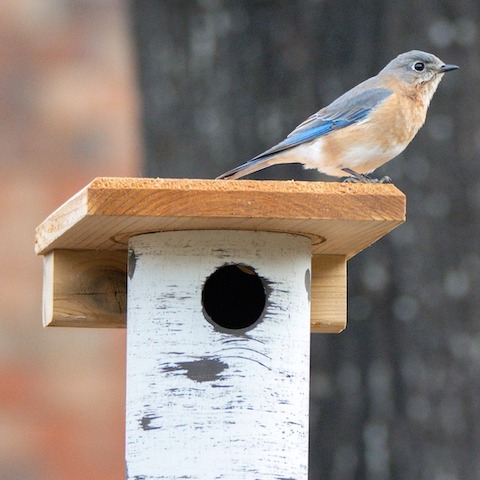
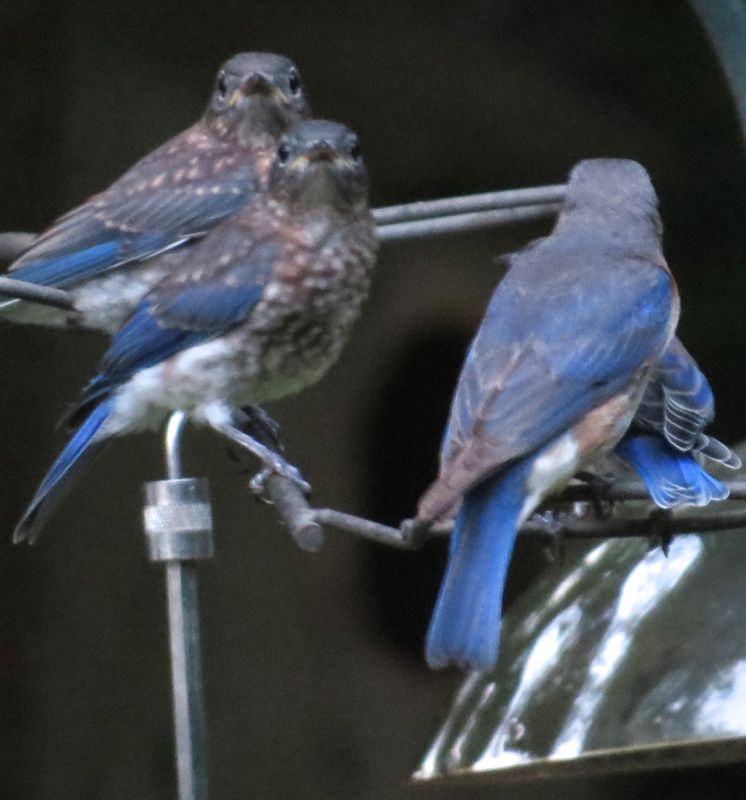
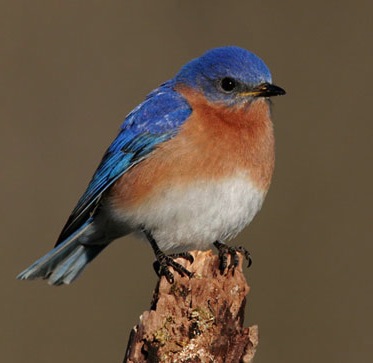 They’ve started already, in the Southeast and further North, lots of folks are reporting first nests and first eggs laid in their
They’ve started already, in the Southeast and further North, lots of folks are reporting first nests and first eggs laid in their 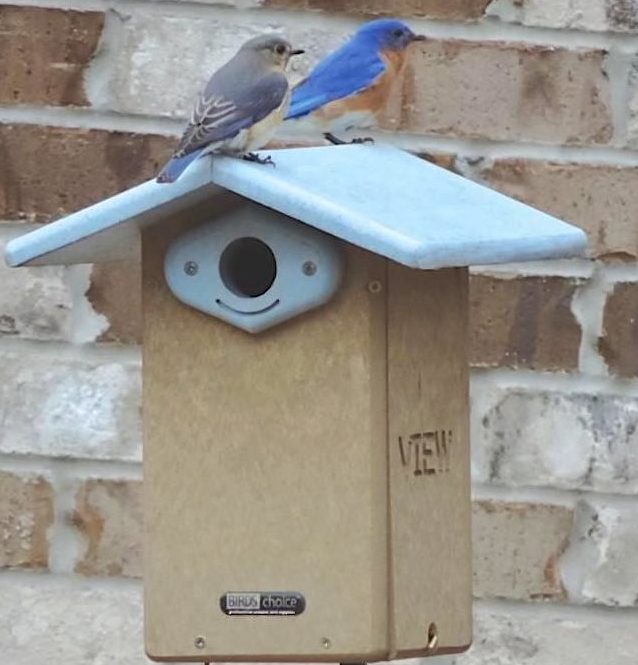
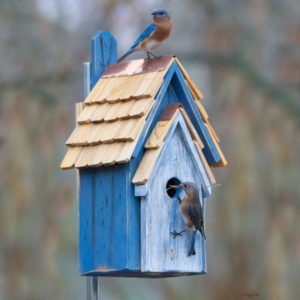
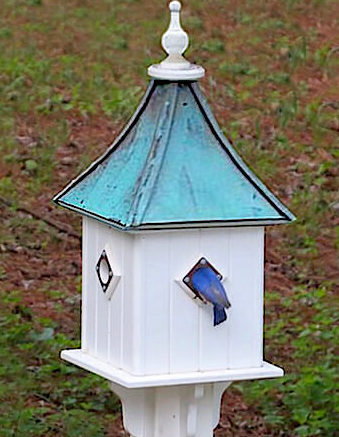
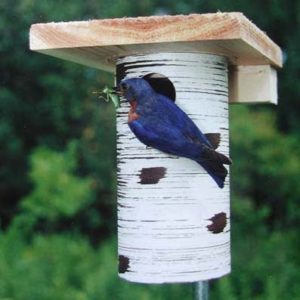
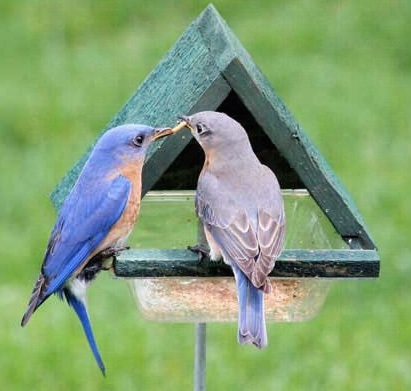 By the sound of the title alone, you gotta figure it can’t be good, but if the information educates just one person or raises awareness, then it’s well worth the time to write.
By the sound of the title alone, you gotta figure it can’t be good, but if the information educates just one person or raises awareness, then it’s well worth the time to write.